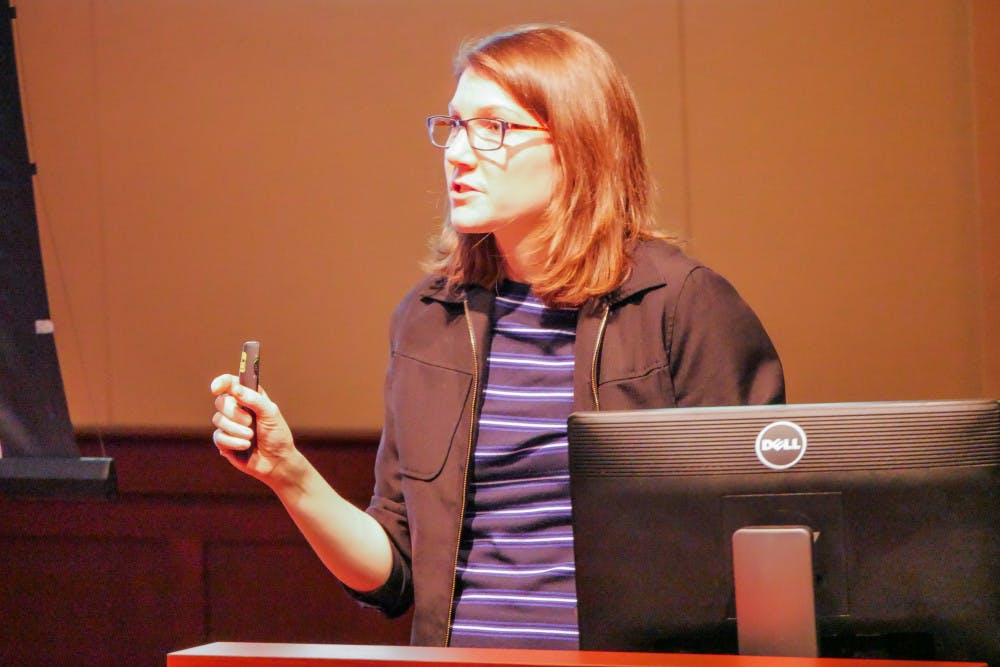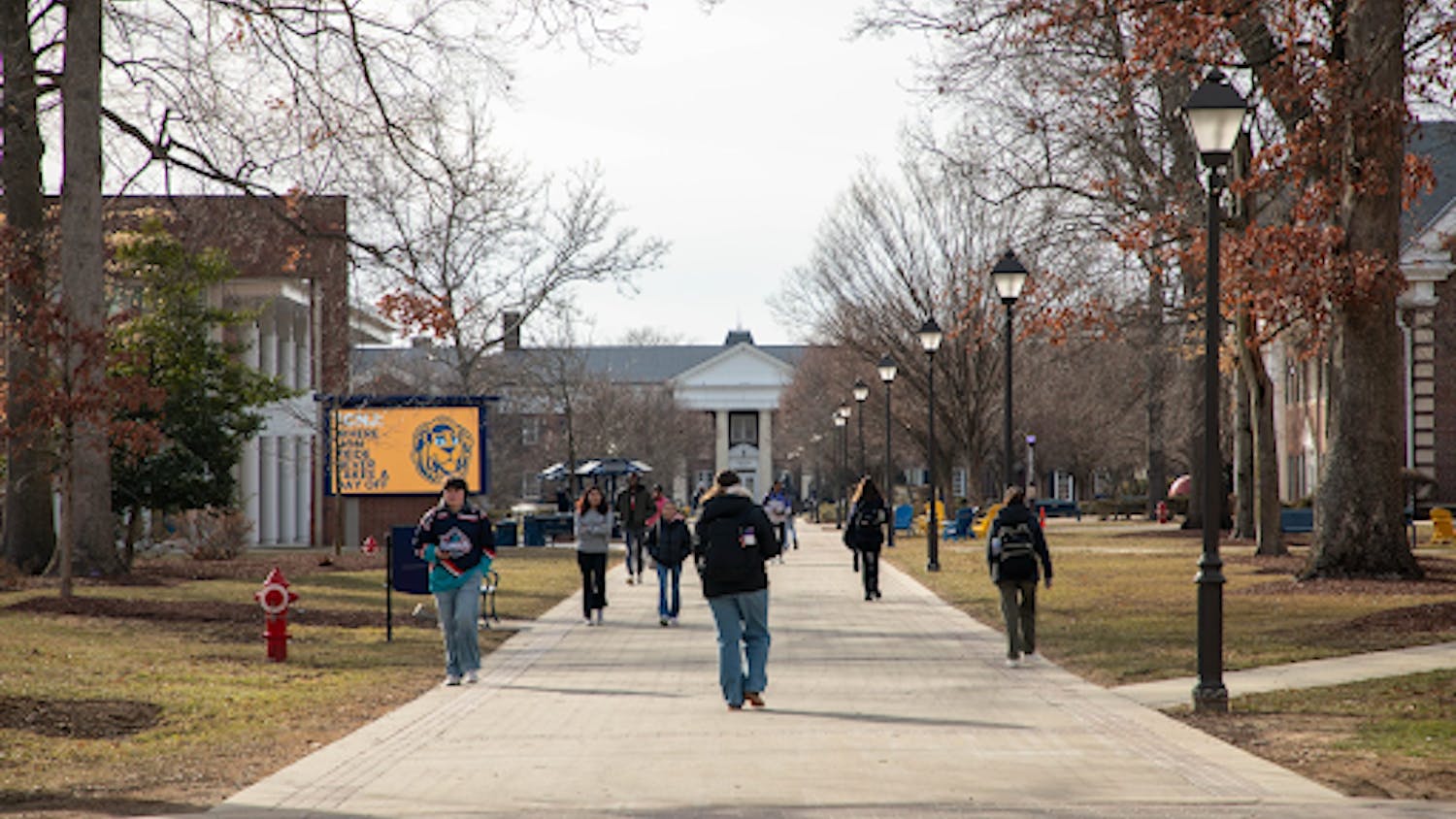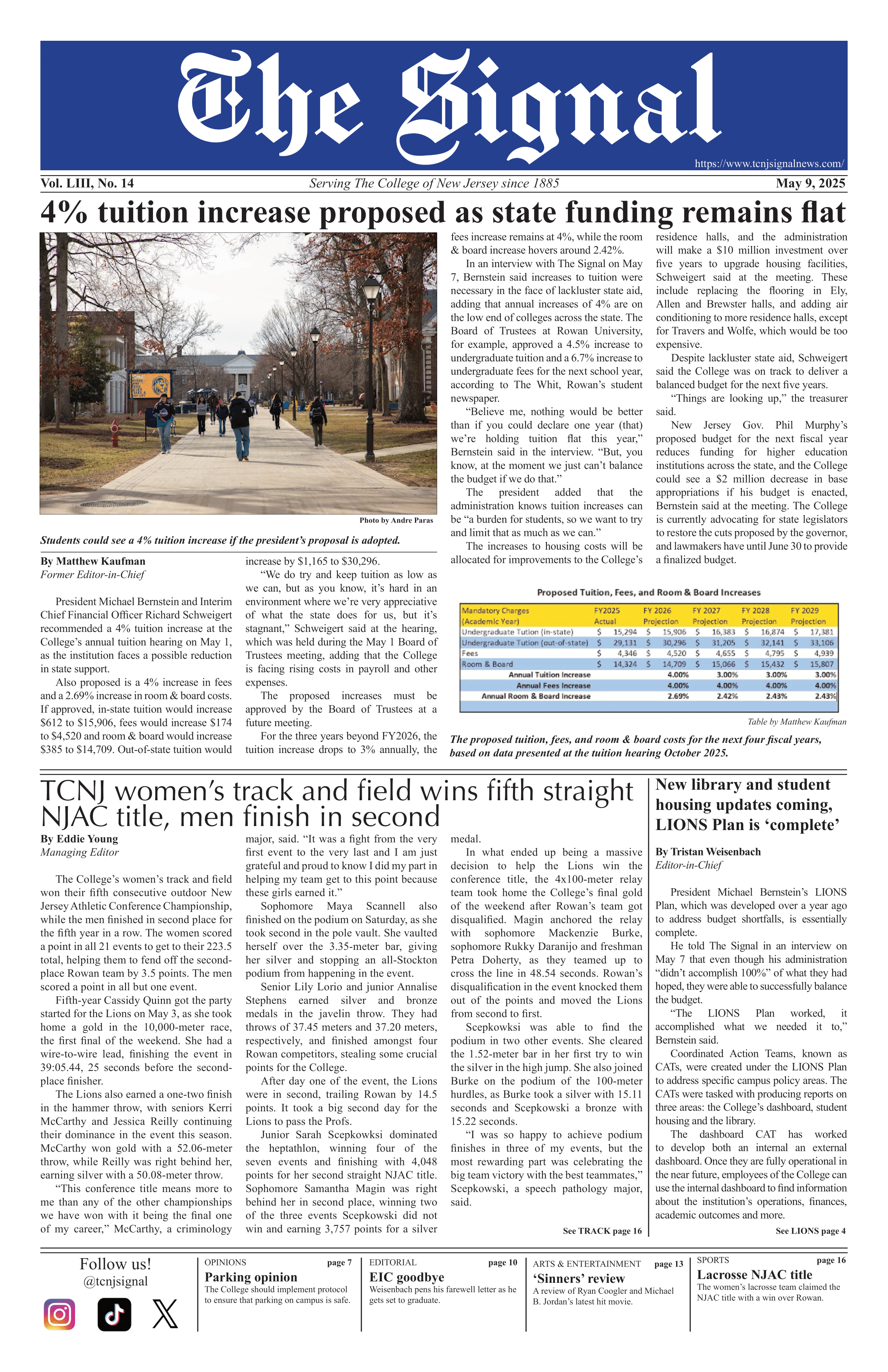By Julia Bechtel
Correspondent

In recent years, the conversation about how people of color will soon be more populous in the U.S. than white Americans has flooded tabloids and news outlets, which raises questions about how minority groups are perceived in society.
These questions were examined by Maureen A. Craig, an assistant psychology professor at New York University, during her lecture titled, “Beyond majority-minority: Presumed alliances and intergroup relations in the 21st century,” which was held on Friday, March 1 at 12:30 p.m. in the Library Auditorium.
Craig began by posing the question, “What kind of alliances do people expect among American racial groups?”
There seems to be a standard that all minority people swing the same way –– they are progressive and Democrat, according to Craig. However, the oversimplified binary of white and non-white leaves a lot of information out when it comes to interracial coalitions.
Craig’s study involved asking a few hundred participants of different races how they thought other races as a whole would respond to political issues. She posed the question, “How much do you think white Americans, black Americans, Hispanic-Americans and Asian-Americans support these (political) issues?” Craig found that overall, participants’ answers reflected the concept that certain racial groups have a higher social standing or are more American than others.
While it may seem easy to group minorities together in the same political categories, most have differing political opinions. The study showed that participants of all races felt that black Americans and Hispanic-Americans would be more in favor of having more low-income housing, while Asian-Americans and white Americans would be less supportive. Alternatively, the study found that white and black Americans would be more supportive of a measure to make English the official language of the U.S.
What the data says, according to Craig, is that people categorize white and black Americans as being “more American” than Asian-Americans or Hispanic-Americans. Furthermore, black-Americans and Hispanic-Americans represent a lower socioeconomic level than their white or Asian-American counterparts.
Financial issues, such as low-income housing and welfare increase, saw Hispanic and black Americans as being more supportive. Issues perceived to relate to one’s “American-ness,” like promoting English as the official language or immigration decrease, were more supported by white and black Americans.
“There are a lot of things I’m going to think about going on in everyday life, like about politics, stereotypes and different types of racial points in modern America,” said Caroline King, a junior elementary education and psychology dual major, in reflection of the event.
Noel Chan, a junior psychology major, agreed.
“I thought the talk was really interesting,” Chan said. “I knew about the majority-minority concept coming into it, but I didn’t realize how it could affect political coalitions.”
Craig closed the event by stressing the importance of being aware of all different ethnic groups, rather than simply generalizing them into one category as “minorities.”
“It’s important to think of this beyond just majority-minority, and instead really take seriously that there are so many different groups and lots of different relationships you could have within those groups,” she said. “And so, it’s a lot more complicated than how it gets framed.”







